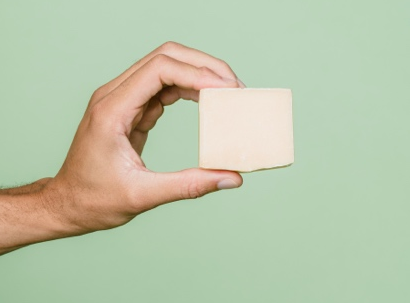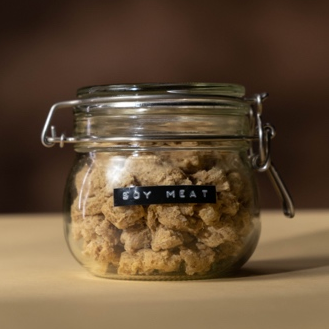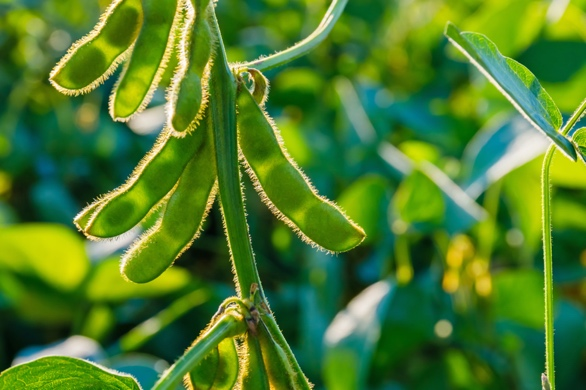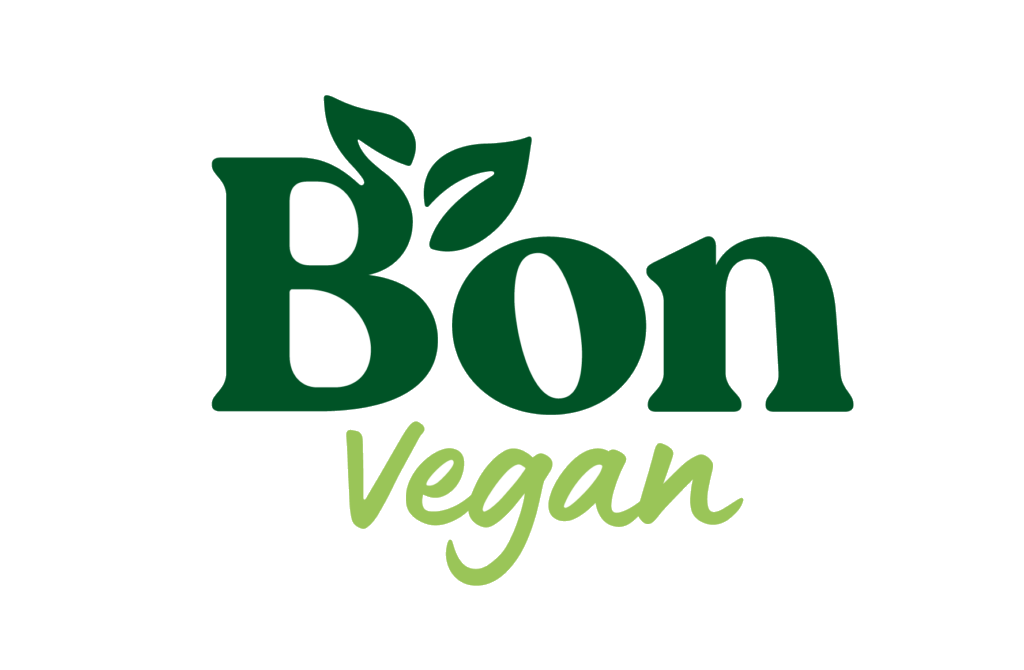So what about the soya?
We have been using soya beans as ingredients for almost 20 years now. So, naturally we have been asked tons of questions regarding it – its benefits and the controversies surrounding soya. To be totally transparent from the beginning – we love soya. We love it because of its rich protein content and complete amino acid profile that includes all the essential amino acids. And we love it because you can make a variety of excellent vegan products from soya.

Most popular ways to use soya
As soya has been consumed in Asia for thousands of years, humankind has a rich history with consuming soya products. The most well – known soya product is tofu or bean curd. Tofu is made from soya „milk“ that is coagulated into tofu mass and then pressed together to form a cheese like block.

There are different kinds of tofu, actually. Firm tofu has less water content and usually also more protein, it are more condensed and pressed together.
But tofu can be also softer with more water content and a mushier texture when it is not induced to much pressure.
The third kind of tofu is called silken tofu which is not pressed at all but just coagulated and it enquires very silky soft and creamy texture. Silken tofu is excellent for desserts.
But tofu is not the only popular product made out of soya beans. Soya beans are used to make also „soya meat“ or texturized soya protein or TSP that is very high in protein and resembles meat texture.
Soya „meat“ is usually made from soya flour that has been extracted from soya beans. Soya flour is then put through a so called extrusion cooking which means that the soya dough is cooked at high temperatures and pressure so it transforms into a porous material that resembles meat texture. It is then formed into different shapes like cutlets, granulates or slices. This dried soya “meat” can then easily be cooked by soaking the soya texturates in water and then preparing it as you would normally prepare meat products.

While soya beans are a really good basis for vegan products, there are also a variety of misconceptions regarding. And we want to address the most widely spread one that we have encountered during the years.
It is about soya and GMO

We have heard a lot of concerns that foods made from soya contain GMO by default. Living in the European Union we can firmly say that this is entirely false. Soya that is produced and sold in Europe and also to Europe for human consumption is mostly GMO free. European consumers can safely consume soya products in Europe because EU regulation nr 1829/2003 implicitly states that products that do contain GMO must have this indication on their label. So actually, you can rest assure that any product on European market that does not specifically indicate that it does contain GMO, is absolutely GMO free. Even if the product does not have organic labelling. Also, the Food Authorities of every country in Europe take regular samples of soya and other products from the producer’s facilities to make sure that the soya beans are indeed clean from GMO.
However, this concerns only human food. Most of the soya beans cultivated in the world are consumed as animal feed and soya feed for animals in Europe does indeed contain GMO. So, sadly, many people who opt out from using soya with the fear of consuming GMO products, unknowingly consume GMO by eating animal products that are fed with GMO feed.
So experiment boldly with soya products for a sustainable and enjoyable plant based lifestyle.
